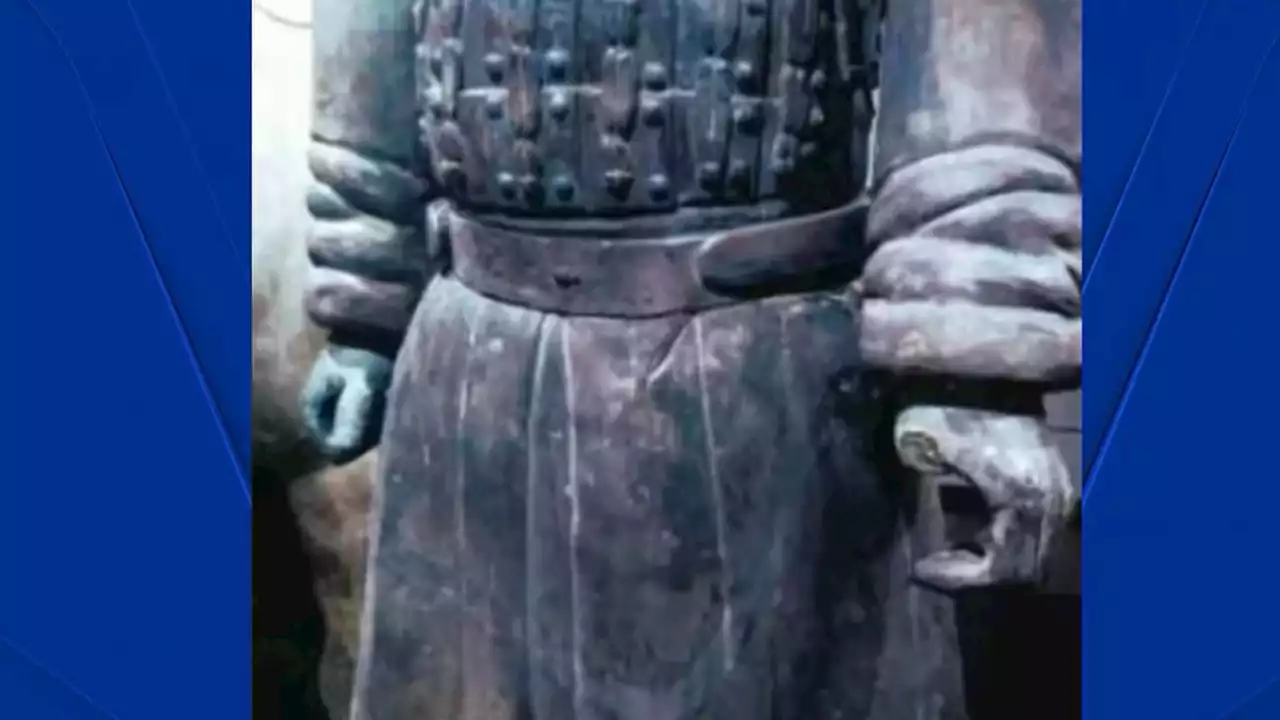A team led by Göttingen University described the early occurrence of irregular sea urchins in the depths of the oceans. Deep within the ocean's abyss, it's believed that the earliest and most rudimentary life forms on our planet took shape ages ago. Nowadays, the deep sea is known for its bizarre f
Scientists have found fossil evidence that higher invertebrates, specifically irregular echinoids or sea urchins, have stably colonized the deep sea for at least 104 million years since the Cretaceous period. Analyzing over 40,000 spine fragments from sediment samples, the team discovered evolutionary changes over time, notably after major extinction events, and suggested potential impacts of future global warming on deep-sea ecosystems.
Deep within the ocean’s abyss, it’s believed that the earliest and most rudimentary life forms on our planet took shape ages ago. Nowadays, the deep sea is known for its bizarre fauna. Researchers are delving into how theThere are hypotheses suggesting that the deep-sea ecosystems have been reborn repeatedly following numerous mass extinctions and marine disturbances. Hence, the current marine life in these depths might be relatively recent in Earth’s timeline.
For comparison, the scientists recorded morphological characteristics of the spines, such as shape and length, and determined the thickness of around 170 spines from each of the two time periods. As an indicator of the total mass of the sea urchins in the habitat – their biomass – they determined the amount of spiny material in the sediments.
This is shown by the morphological changes in the spines: they were thinner and less diverse in shape after the event than before. The researchers interpret this as the “Lilliput Effect”. This means that smaller species have a survival advantage after a mass extinction, leading to the smaller body size of a species. The cause could have been the lack of food at the bottom of the deep sea.
Deutschland Neuesten Nachrichten, Deutschland Schlagzeilen
Similar News:Sie können auch ähnliche Nachrichten wie diese lesen, die wir aus anderen Nachrichtenquellen gesammelt haben.
 Deep sea fossil spines reveal life after huge mass extinctionAncient sea urchins reveal a tale of resilience in the face of catastrophe 104 million years ago.
Deep sea fossil spines reveal life after huge mass extinctionAncient sea urchins reveal a tale of resilience in the face of catastrophe 104 million years ago.
Weiterlesen »
 Ancient mini koala may help solve mystery of early marsupial evolutionFossils from a 25-million-year-old koala that may have weighed just 2.6 kilograms might help us understand how early marsupials diversified
Ancient mini koala may help solve mystery of early marsupial evolutionFossils from a 25-million-year-old koala that may have weighed just 2.6 kilograms might help us understand how early marsupials diversified
Weiterlesen »
 Syria's ancient 'beehive houses' threatened by war, displacementThe conical adobe structures are designed to keep cool in the blazing desert sun, while their thick walls retain warmth in the winter.
Syria's ancient 'beehive houses' threatened by war, displacementThe conical adobe structures are designed to keep cool in the blazing desert sun, while their thick walls retain warmth in the winter.
Weiterlesen »
 Protect & Strengthen Your Joints With This Ancient Ayurvedic HerbWhen it comes to joint health and function, this herb has serious benefits.
Protect & Strengthen Your Joints With This Ancient Ayurvedic HerbWhen it comes to joint health and function, this herb has serious benefits.
Weiterlesen »
 NASA’s Mars rover Perseverance finds ‘shark fin’ and ‘crab claw’ in ancient riverSomething fishy might be happening on Mars.
NASA’s Mars rover Perseverance finds ‘shark fin’ and ‘crab claw’ in ancient riverSomething fishy might be happening on Mars.
Weiterlesen »
 Man sentenced to 5 years probation after stealing thumb off ancient statue at Franklin InstituteA man from Delaware was sentenced to five years of probation after he stole the finger off an ancient statute while inside the Franklin Institute back in 2017.
Man sentenced to 5 years probation after stealing thumb off ancient statue at Franklin InstituteA man from Delaware was sentenced to five years of probation after he stole the finger off an ancient statute while inside the Franklin Institute back in 2017.
Weiterlesen »
